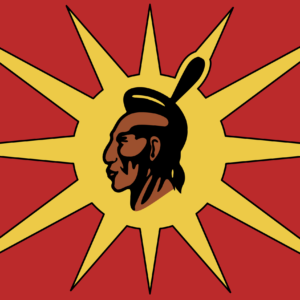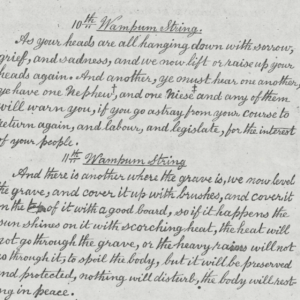Social media was abuzz last week when the Supreme Court of Canada announced its unanimous ruling to extend “aboriginal title” to all ancestral lands of indigenous peoples that did not make treaties with the state. As soon as the ruling was announced, many rushed to post the news to social media websites. As has been noted by many, this was a monumental ruling.
According to the colonial logic of the settlers, all of the land here on Turtle Island was unoccupied and un-owned when the European settlers arrived. This racist notion was used to usurp traditional lands belonging to indigenous peoples. The ruling by the Supreme Count has rightfully quashed that sort of thinking and acknowledged that indigenous peoples have the right to control their lands and what they may be used for. In other words, this ruling can be read as a massive blow against the mining and resource extraction industries. Indigenous peoples have been on the front line in the struggle against the huge corporations that are working to expand their operations at the expense of the environment. These corporations, as well as the provincial and federal governments, must now work and gain approval from the indigenous people who control the lands if they wish to do natural resource exploration or cross the territory with pipelines.
We should be clear however that this ruling is not the end of conflicts between the extraction industries and indigenous peoples. The court was clear in stating that the government can still intrude or override aboriginal title in cases where there is substantial “public interest.” In some ways this is a case where everything changes and nothing changes. The ability of indigenous peoples to stop unwanted development on their ancestral lands has always been dependent on the willingness of those communities to resist. This ruling by the Supreme Court will strengthen the ability of indigenous people to assert their sovereignty over their lands but it needs to be understood that is but another tool in the tool chest.
As a result of this ruling, the governments of Canada and the extraction industry will likely change their approach but their goal will remain the same, to extract resources from indigenous peoples’ lands. Instead of trying to force through a project, the government and corporations will work to “buy-off” a community and its leadership. They will work to convince the broader public that this or that extraction project is for the good of all and work to pit indigenous people against Canadians.
The potential of this ruling must be actualized. For example, recently the City of Vancouver affirmed that the entire city sits on unceded lands, will this mean there will be some token acknowledgement at the beginning of every council session? Or will it mean that the municipality will actively work in concert with the indigenous peoples of the region to redress the historic crime of colonization? This depends entirely on how indigenous peoples respond to the present conjuncture. How will this new tool offered by the Supreme Court be utilized? The answer to the question will have enormous consequences for future generations.






